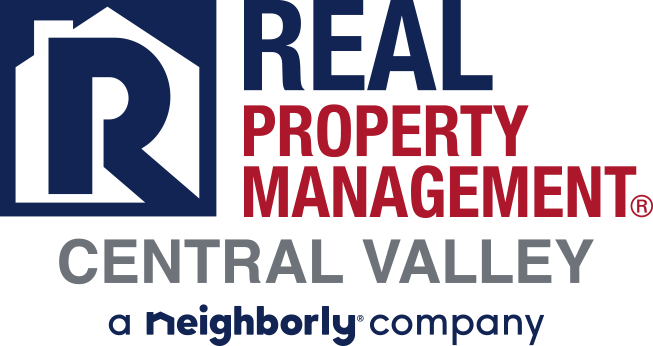Don’t Overlook Multifamily Properties As Your Next Investment Option

Are you thinking about investing in rental properties but aren’t sure if you should choose a single family home or multifamily rental property? If so, you’ve come to the right place!
5 Reasons To Consider Investing In Multifamily
1. MILLENNIALS ARE PLACING STRONG DEMAND ON RENTAL PROPERTIES
According to data from the U.S. Census Bureau, renting represents the most common form of housing for the millennial generation, the largest generation in U.S. history. In fact, whereas the national rate of homeownership for the population overall was 64% in 2016, for millennials aged 25 to 29 it was just 31%, and for millennials aged 30 to 34 it was only 45%.
There are several reasons for this trend toward renting for the large millennial generation, including the fact that steadily rising median home prices put homeownership out of reach for many people in this generation. Millennials also tend to value mobility and flexibility over the benefits of owning property, and for this reason they are more likely than previous generations to prefer renting.
2. BABY BOOMERS ARE INCREASINGLY OPTING TO RENT
At the other end of the age spectrum, the baby boomer generation is increasingly opting to rent property over homeownership. According to a Forbes report, between 2009 and 2015, the biggest shift from homeownership to renting came from those aged 55 and older (in other words, boomers). More recently, the National Multifamily Housing Council and National Apartment Association cited in a 2017 report that renters aged 55 and above account for more than 30% of rental households.
As the Forbes report notes, older tenants are drawn to renting not because they have difficulty purchasing a home like millennials (they do not), but rather because the right multifamily property can offer hassle-free, amenity-filled luxury living that appeals to this older generation.
3. SHORTER-TERM LEASE AGREEMENTS ALLOW FOR FASTER INCREASES IN RENT
Another reason multifamily property can potentially be an attractive investment is its ability to adjust more quickly to changing market conditions, specifically increasing rent quickly due to market demands or inflation.
Whereas leases of five years or more are standard with other types of commercial real estate (office and retail, for example), multifamily leases are typically just one year. This means property owners are more easily able to raise rents quickly and consistently as market conditions change.
4. THE DATA SUGGEST INCREASING DEMAND FOR WORKFORCE HOUSING
Workforce housing generally refers to multifamily properties for middle-income households, although it can include families earning anywhere from 60% to 120% of their area’s median income. These properties are often Class B and Class C apartments that do not have the amenities of the higher-end complexes, and serve people who are being priced out of the market for units in the more attractive buildings.
The key long-term benefit of investing in workforce housing, according to the 2017 State of the Nation’s Housing study by Harvard Research, comes down to simple supply and demand. As the study found, while construction of high-end Class A properties has increased in recent years, it has fallen for the Class B and C properties. In other words, workforce housing is facing a shortfall of units.
That study found, for example, that in the decade between 2005 and 2015, the supply of rental housing stock increased by nearly 100% for high-end units, but during that same period the stock of affordable units fell by 2%.
5. PREFERENTIAL INVESTMENT FOR FINANCING
Finally, the data also indicate that multifamily investments enjoy a preferential mortgage market and better funding terms relative to other types of commercial real estate.
According to 2017 research from Real Capital Analytics, multifamily investors enjoyed better terms for funding than investors in the broader commercial real estate market. For example, the typical mortgage rate of 4.25% for multifamily was lower than the overall commercial real estate sector, at 4.5%. Multifamily investors also received higher loan-to-value ratios (67% on average) than the broader pool of commercial real estate investors (who averaged 59%), as well as lower debt-service-coverage ratios (1.25, versus 1.74).
Source – Realtymogul.com
Contact RPM Central Valley
To learn more real estate investment tips, or to speak with us about our property management services, contact RPM Central Valley today by calling us at (209) 572-2222 or click here to connect with us online.
